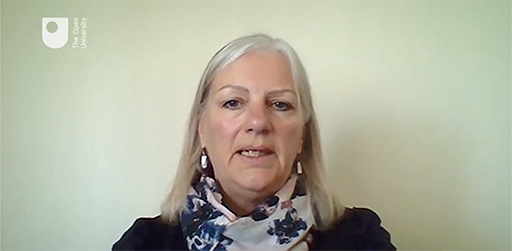Supporting physical development in early childhood
Introduction
Welcome to Supporting physical development in early childhood. In this course, you will learn the importance of encouraging children to take part in physical activity and the impact doing so has on their physical and mental health and wellbeing.
This course draws on research and expertise from academics from early childhood, sport and fitness at The Open University and Active Matters, and Angela Baker, Children's & Health Inequalities, Coventry City Council. Figures used in the course are based on UK statistics.
Watch Viv Bennett, the Chief Nurse and Director for Maternity in Early Years at Public Health England, talk about our most precious asset, our children, and how their physical development in the early years of life matters to their health throughout life.

Transcript: Video 1
By the end of this course, you should be able to:
- identify the importance of movement skills to the overall health, wellbeing and development of young children
- explore the relationship between physical growth and development
- describe the body systems and their relationship to moving and learning
- identify the appropriate physical/movement activities for each age and stage of development from 0–5 years
- explore how parents and practitioners can work together to support the physical development of all children.
Moving around the course
In the ‘Summary’ at the end of each session, you will find a link to the next session. If at any time you want to return to the start of the course, click on ‘Full course description’. From here you can navigate to any part of the course.
Throughout the course you will come across links to external web pages that navigate you away from this course. It’s good practice, if you access a link from within a course page (including links to the quizzes), to open it in a new window or tab. If you are studying on a desktop you should open the link in a new tab or window by holding down Ctrl (or Cmd on a Mac) when you click on it. If you are studying on a mobile device hold down the link and select to ‘Open in New Tab’. That way you can easily return to where you’ve come from without having to use the back button on your browser.
The authors of this course would like to learn more of the views of the learners.To help them do this, there is a pre-course survey (press Ctrl + click on the link to open it in a new window) for you to complete if you wish. The information you provide will give the authors an insight into how helpful, interesting, and relevant the content of the course is to you. Thank you in advance for completing this pre-course survey. There is also a post-course survey at the end of the course.
